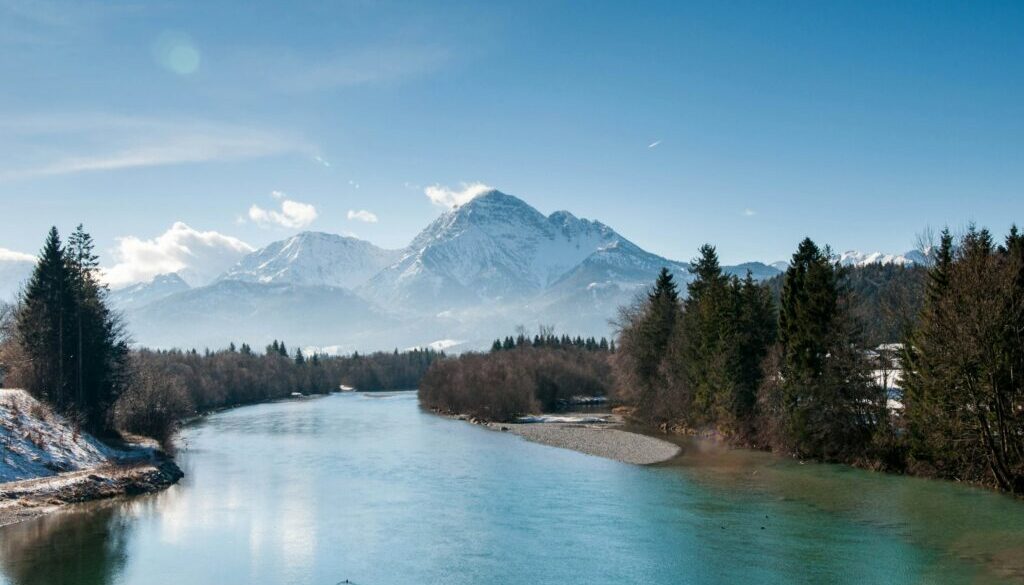Unsafe levels of PFAS contaminate global water sources, study finds
A large part of the world’s surface waters and groundwater contains toxic PFAS chemicals at levels higher than regulators consider safe for drinking water, according to a new analysis of data from more than 45,000 water samples collected from around the world.
The data points to Australia, China, Europe and North America as hotspots for contamination by per- and polyfluoroalkyl substances (PFAS), although the authors suggest this may be skewed due to higher levels of sampling in these regions.
The findings, which were published April 8 in the journal Nature Geoscience, come as regulators in the United States prepare to set the first enforceable drinking water limits for certain types of PFAS. Many US states and other countries have already set regulations for PFAS in drinking water.
“I was surprised to find out the large fraction of source waters that are above drinking water advisory recommendations,” Denis O’Carroll, an engineering professor at the University of New South Wales in Australia and an author of the study, said in a press release.
The number of samples considered unsafe was higher in countries that have stricter PFAS drinking water guidelines and regulations. In Canada, which has one of the strictest recommendations for PFAS in drinking water, 69% of groundwater samples had levels that surpassed that country’s threshold, while only 6% of samples from the European Union failed to meet its criteria.
Notably, the study identified 57 different PFAS chemicals in nearly 34,000 global groundwater samples, and found high levels of PFAS contamination in regions where a firefighting foam containing PFAS (aqueous film forming foam or AFFF) had been heavily used, as well as near sites where the chemicals are manufactured.
The research team used PFAS measurements documented in government reports, databases, and peer-reviewed literature, including 273 environmental studies since 2004, which include data for over 12,000 surface water samples and 33,900 groundwater samples.
There are thousands of PFAS chemicals, which do not break down naturally and are used in industrial processes and consumer products ranging from frying pans to raincoats. Exposure to some PFAS has been linked to numerous health problems, including cancers.
While scientists have known that PFAS are pervasive worldwide, the extent of PFAS contamination in global water sources has remained unclear. The authors said the future PFAS environmental burden is likely underestimated.
“Current monitoring practices probably underestimate PFAS in the environment given the limited suite of PFAS that are typically quantified but deemed of regulatory concern,” the authors write.
Recent data based on one-third of public water supplies suggests that 70 million people in the US have PFAS in their drinking water, according to the US Environmental Protection Agency (EPA).
At least one PFAS chemical is present in about 45% of US drinking water samples for both private wells and public tap water, a 2023 study estimated, while a US Geological Survey analysis of streams and rivers across Pennsylvania found that 76% contained PFAS.
(Featured image by Leon Ephraïm on Unsplash.)




